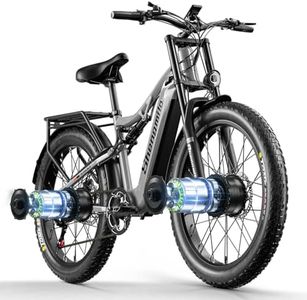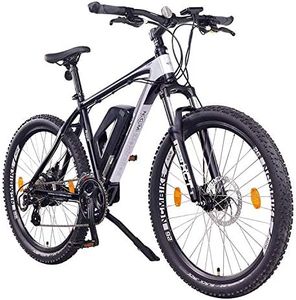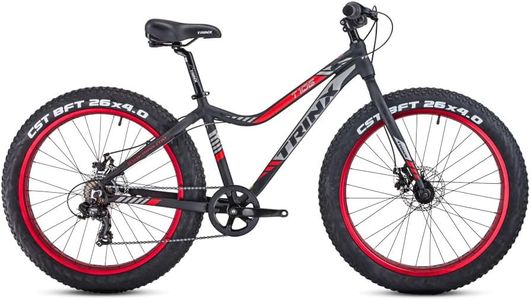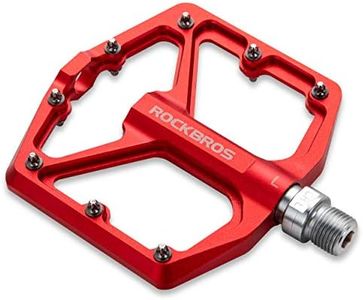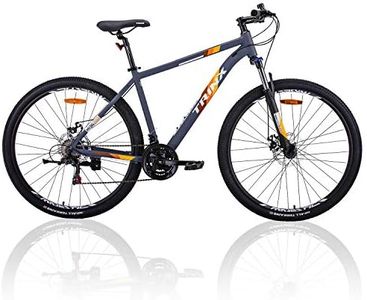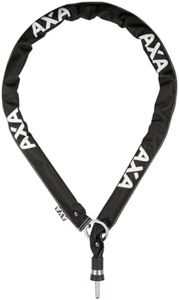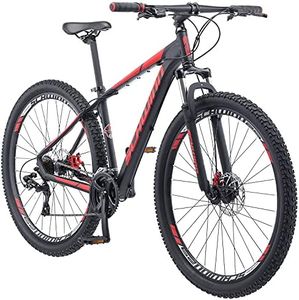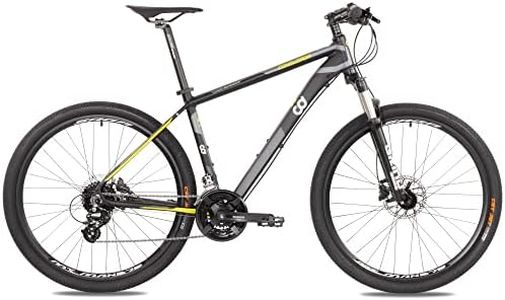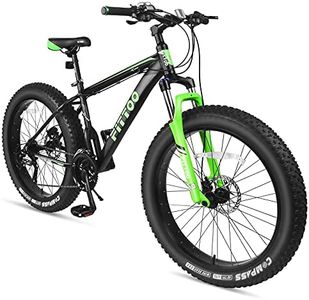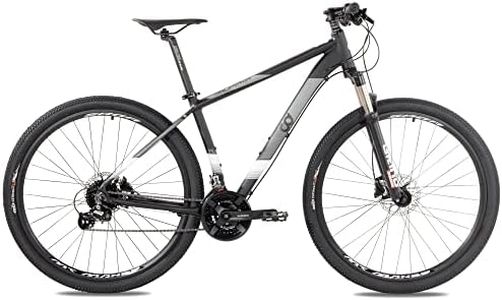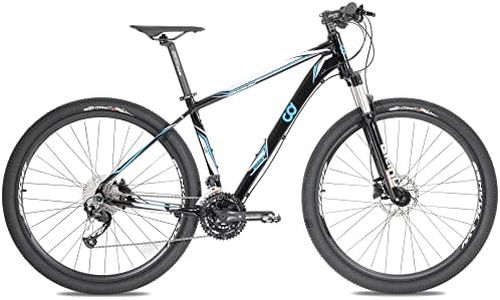We Use CookiesWe use cookies to enhance the security, performance,
functionality and for analytical and promotional activities. By continuing to browse this site you
are agreeing to our privacy policy
10 Best Bikes For Heavy Adults
From leading brands and best sellers available on the web.Buying Guide for the Best Bikes For Heavy Adults
Choosing a bike as a heavy adult can be an empowering step towards better health, enjoyment, and practicality. The key is to find a bike that not only fits your body size and style but also provides strong support, stability, and comfort. Understanding the specifics that matter most, and aligning them with your riding intentions—such as commuting, fitness, or relaxing rides—will help you pick a bike that serves you well and keeps you safe.Weight CapacityWeight capacity is the maximum rider (and possibly gear) weight the bike is designed to safely support. This spec is especially important for heavy adults to ensure the frame and components won’t fail under load. Bikes commonly have weight capacities ranging from 220 lbs (100 kg) to over 350 lbs (160 kg). For heavier riders, choose a bike that not only meets but exceeds your weight to allow for accessories or cargo. Always check the manufacturer's stated limit, and consider your future goals or possible weight changes.
Frame MaterialFrame material refers to what the main structure of the bike is made of, influencing strength, durability, and comfort. Steel is well-known for its strength and natural shock absorption, making it a strong option for heavy riders. Aluminum is lighter, still robust, and resist corrosion, while carbon fiber is rarely recommended for heavy-duty use unless specifically designed. For most heavy adult riders, steel and high-quality aluminum offer the right blend of sturdiness and reliability.
Wheel StrengthWheel strength is determined by the size, material, spoke count, and construction of a bike’s wheels. Heavier adults should look for wheels with thicker, double-wall rims and higher spoke counts—as these can better withstand extra forces. Wheels typically come in 32 to 36 spokes, with 36 being optimal for maximum strength. Thicker tires can also add comfort and absorb more bumps, but too wide tires may feel sluggish, so aim for a balance based on your riding terrain.
SuspensionSuspension refers to the shock-absorbing systems, commonly found in the fork or under the seat. For city and paved road riding, a rigid or minimal suspension setup (or none at all) is simple and sturdy. However, if you plan to ride on rough or off-road surfaces, a stronger suspension can improve comfort—just ensure the suspension components are rated for your weight, as soft or underbuilt suspension may not work effectively under higher loads.
Seat Comfort and AdjustabilitySeat comfort and adjustability matter because a wider, well-padded, and strong saddle distributes weight better and prevents discomfort. The seat post should be sturdy—often made from reinforced steel or specialized alloys—and able to support you without flexing. Adjustable seats help you reach a comfortable pedaling position, reducing strain on your knees and back. Prioritize bikes with seats specifically made for larger riders or those that allow easy swaps.
Braking SystemBraking systems—disc brakes, rim brakes, or coaster brakes—are vital for safety, especially with more weight to stop. Disc brakes (mechanical or hydraulic) are highly recommended for heavy adults due to their strong, consistent performance in all weather conditions. They provide more stopping power and are less prone to wear under heavier loads compared to rim brakes. Consider where you will ride—regular stops or hilly terrain favor the extra power and reliability of disc brakes.
GearingGearing refers to the range of speeds your bike offers, affecting how easily you can pedal up hills or pick up speed on flats. More gears offer more flexibility, but too many may not be necessary unless you tackle steep inclines regularly. For heavy riders, gears can make climbing hills and starting from a stop much easier. Consider your fitness and the type of terrain you’ll most often ride to choose the right range—flat areas need fewer gears, hilly areas benefit from more.
